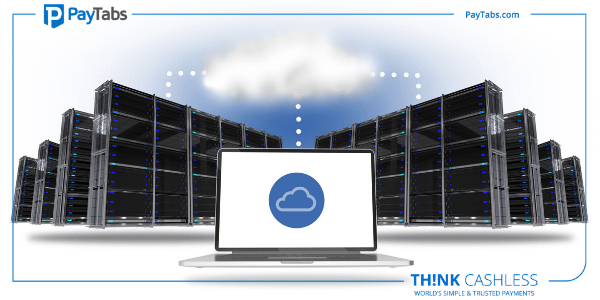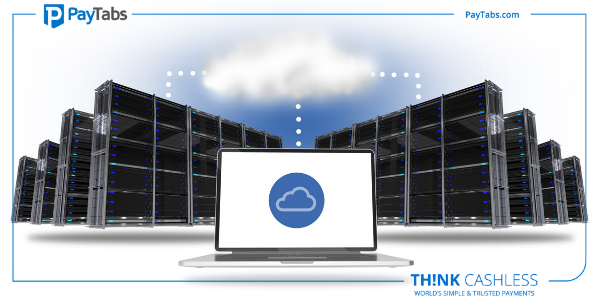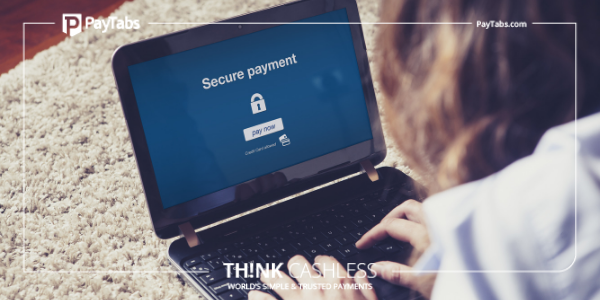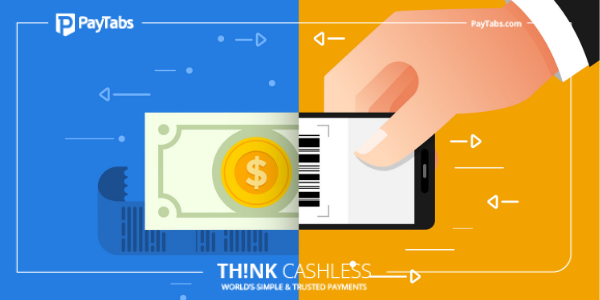Payment security lingo: What’s point-to-point Encryption

One of the biggest threats to online security comes from data breaches. Such breaches have now become mainstream and it is now very important for the companies to save their data from such infringement. There are several new technologies and tools available for securing the data belonging to the business and its clients. One such important tool is Point to Point encryption or P2P encryption, as it is popularly known. It is especially important for businesses which accept online payments through different modes including debit cards and credit cards.
What is P2P encryption?
P2P encryption refers to a standard established by the PCI Security Standards Council. The main aim of this standard is to ensure that confidential data pertaining to debit and credit cards are instantaneously into unbreakable codes. Such coding is important to ensure that the data is protected against fraud and hacking. The standard is designed to provide optimal security of payment process and data for online card transactions.
The P2P encryption Standard enumerates the requirements to be fulfilled by an online payment solution to qualify as a PCI validated P2PE solution. These requirements pertain to a complete set of software, hardware, decryption, gateway and device handling etc. The final decision in this regard rests with P2PE Qualified Security Assessors, who are independent third party entities with requisite qualifications to make such assessment. It is important to note that only ‘solutions’ may be validated and not individual units of hardware. If a payment solution does not meet the requirements for being validated as P2PE solution but offers similar type of encryption then it may be accredited at End to End Encryption Solution.
How Does it Work?
P2P encryption works using a number of secure applications, devices and other related processes. Whenever a business swipes a debit or a credit card, it initiates an interconnected series of actions. The point of interaction device, which is used for swiping the card, encrypts the information immediately. If the device is PCI validates then it uses an algorithm for the purpose of encryption. These encrypted codes are then sent to the payment processor or payment gateway, which decode the information. The main requirements for setting up a PCI P2P encryption system include the secure management of encryption devices as well as decryption devices and the proper upkeep of decryption environment.
It should be noted that coding and decoding keys are not provided to the merchants. They are given a unique token number to identify particular transactions so that they can keep proper records and issue refunds as and when required. However, merchants stand to gain a lot from this process. They are assured of the safety and security of their transactions. Their business is protected against card frauds, which in many cases lead to heavy financial loss. The merchants are also able to improve their turnover by assuring the customers about the safety of their data and payments.
P2P Encryption vs. End to End Encryption
For P2P encryption, there are certain features which are unique to this protocol. The solution offers hardware to hardware coding and decoding where POI device comes with Secure Reading and Exchange of Data function. The solution is also required to be validated for the PCI P2PE Standard. For this purpose, the solution should fulfill the requirements such as temper evident packaging, shipping and installation. Such solutions also come with instructional manual to guide merchants about device use and storage.
End to End encryption, on the other hand, does not unencrypt the card details between the two terminals. It secures the data provided the endpoints are offered by PCI accredited organizations.
The Benefits
P2P encryption is important for the development of ecommerce and online businesses. Many customers are not inclined to make online transactions due to the fear of data breach and financial losses. By providing P2P encryption, the businesses can assure their clients that their financial data will be secure. This can help in increasing the revenue for the business, adding to the bottom line. All leading payment processors now offer P2P encryption to ensure smooth and safe transactions.





